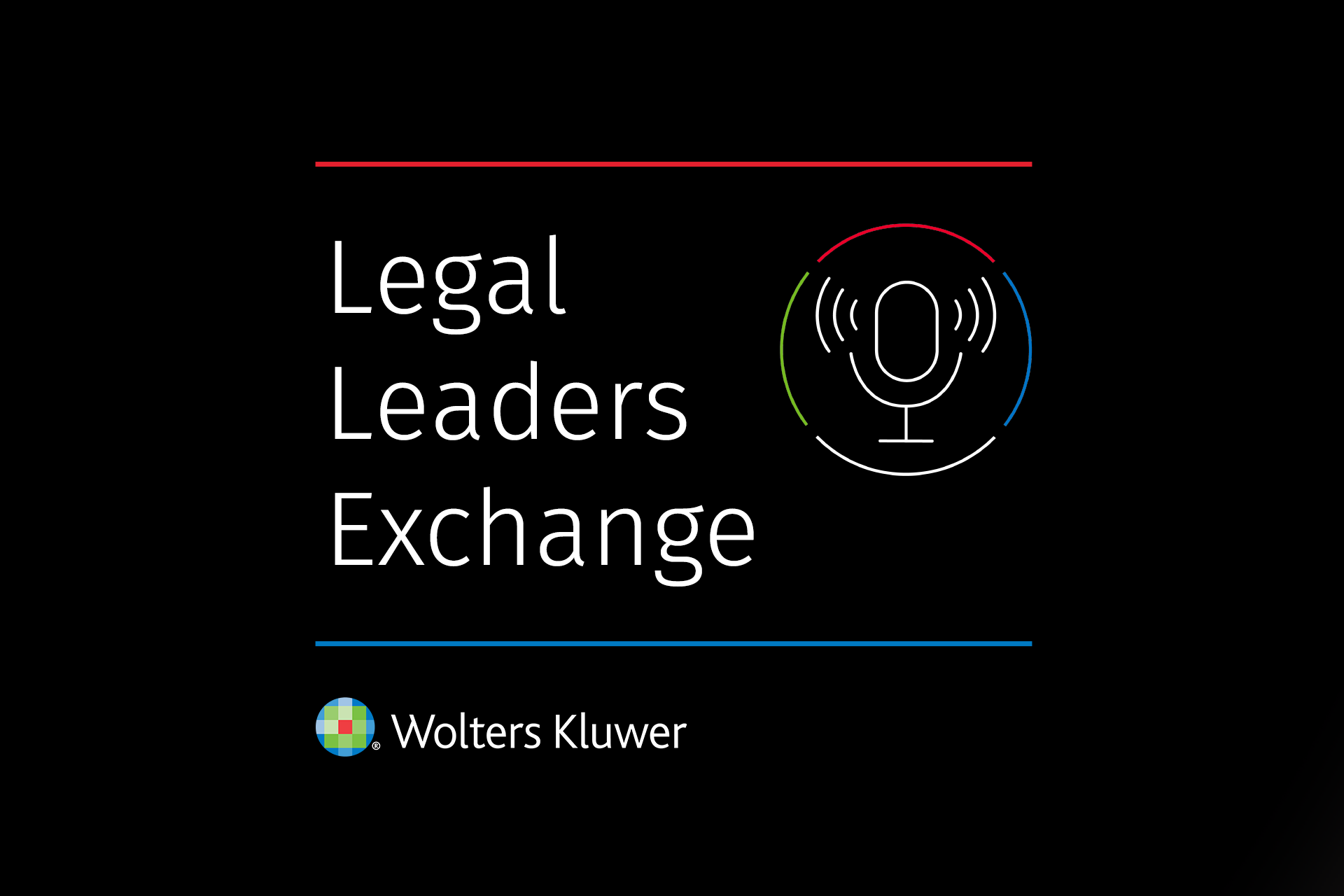The fast pace of corporate legal operations can make the task of modernizing technology seem very daunting despite its importance. During Wolters Kluwer’s ELM Amplify 2024 user conference, one legal operations leader joined us to talk about her company’s experience with the modernization process. The story of this global financial industry company’s multi-year effort to update its legal tech infrastructure and overcome the associated challenges can provide actionable guidance for others embarking on similar paths.
Setting the foundation for transformation
In 2018, the organization initiated a large-scale plan to modernize its legal technology by moving to a cloud-based or hosted solution. Recognizing the importance of finding the right partner, they began with a thorough RFP process in which they narrowed their options down to three strong candidates for proof-of-concept (POC) demonstrations. Their rigorous selection process engaged attorneys, paralegals, and operational staff to assess the POCs and ensure the technology met the needs of all stakeholders. Ultimately, they chose to partner with ELM Solutions, signing a contract for the Passport® enterprise legal management solution in late 2019.
The goal was to create a single system where members of the company’s legal community could access all of the information they needed about the legal department’s work. Knowing this would be a multi-year program, the team emphasized the importance of taking the time first to design an effective, sustainable roadmap. As they saw it, rapid deployment may seem appealing, but taking a thoughtful, strategic approach was crucial for success.
Overcoming early challenges and implementing solutions
Implementation began in early 2020, with an upgraded e-billing system and a comprehensive legal holds module as the first rollouts. Several aspects of this phase of the transition presented challenges.
Cloud architecture and compliance: The team faced complex requirements for cloud architecture review and international data compliance, particularly in regions with stringent regulations. To ensure system security and data protection, subject matter experts reviewed detailed technical diagrams and data flow models, a process that took significant time and resources.
Data mapping and migration: Substantial effort went into mapping and migrating data, especially for invoices and legal holds. With the help of ELM Solutions, the team successfully managed the migration, preserving continuity while enhancing capabilities.
Change management and user buy-in: Effective change management was essential. Change champion groups were formed, involving attorneys, paralegals, and support staff in every step of the journey. Frequent communication kept these groups updated on progress, while senior management buy-in helped mitigate resistance and maintain momentum.
Building momentum: Achieving key milestones
The transformation was carefully staged, with major milestones reached each year:
- 2020: Launched e-billing and legal holds modules
- 2021: Rolled out an advisory matter type for the U.S., laying the foundation for future capabilities
- 2022: Standardized processes across implementations, setting the stage for global integration
- 2023: Completed a global rollout, with all matter types operational in over 90 countries
- 2024: Further enhancements, including a reserves and settlements process, AFA and budget modules, and collaboration tools
Each milestone represented a significant accomplishment, moving the team closer to a fully integrated, cloud-based legal operations platform that would unify data, processes, and insights across its global legal function.
One of the most valuable aspects of this journey was the team's willingness to adapt along the way. In a technology transformation, certain decisions will inevitably need to be revisited as circumstances evolve. They stressed the importance of flexibility, noting that a clear vision and adaptability to refine strategies are vital for long-term success.
The team also recommended an incremental, “one step at a time” approach. Rather than attempting a “big bang” launch, they focused on achieving their vision gradually, integrating each component at a manageable pace. They found that defining roles and responsibilities for everyone involved helped clarify expectations and streamline progress.
This is an impressive example of how to plan and execute a thoughtful and adaptable technology roadmap. By taking a strategic, step-by-step approach, the company modernized its legal operations and set a foundation for ongoing innovation. For more on using technology to keep your legal department up-to-date, download our ebook Is your corporate legal department future-ready?.





